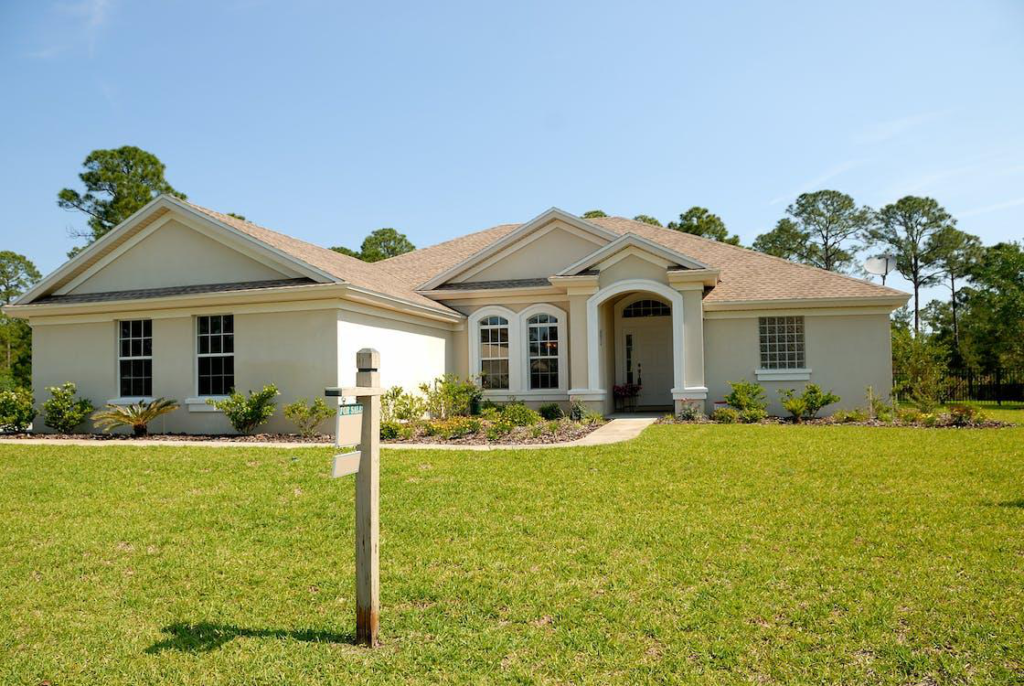
Your roof is more than just a shelter; it’s a critical component of your home’s structure and has a direct impact on your home’s energy efficiency.
In this comprehensive guide, we’ll walk you through different roofing materials, their pros and cons, and how to choose the best one for energy efficiency.
Asphalt Shingles
Asphalt shingles are the most popular roofing material in the US. They are known for their affordability, ease of installation, and various design options. Here’s what you need to know:
Pros:
- Cost-effective
- Wide range of colors and styles
- Relatively easy to repair
Cons:
- Limited lifespan (typically 20-30 years)
- Susceptible to damage in extreme weather conditions
Metal Roofing
Metal roofing is the best choices for maximum energy efficiency. It’s available in steel, aluminum, and copper.
Pros:
- Extremely long lifespan (50+ years)
- Energy-efficient, reflects sunlight
- Low maintenance
Cons:
- Higher initial cost
- Can be noisy during rain or snow
Wood Shingles and Shakes
Wood shingles and shakes offer a natural, rustic look and high energy efficiency.
Pros:
- Aesthetic appeal
- Insulating properties
- Eco-friendly
Cons:
- Requires regular maintenance, including sealing and staining
- Vulnerable to rot and insect damage
Slate Roofing
Slate roofing is a premium roofing material often seen on historic or high-end homes.
Pros:
- Exceptional longevity (100+ years)
- Fire-resistant
- Low maintenance
Cons:
- High initial cost
- Heavy, may require additional structural support
Clay and Concrete Tiles
Clay and concrete tiles offer a distinctive look and longevity.
Pros:
- Long-lasting (50+ years)
- Fire-resistant
- High thermal mass, which can help regulate indoor temperatures
Cons:
- Heavy, may require additional roof support
- More expensive than asphalt shingles
How to Choose the Right Roofing Material
Selecting the right roofing material for your home involves considering various factors:
1. Budget: Determine your budget. Some materials are more cost-effective than others, but keep in mind that your choice should also consider long-term costs and benefits.
2. Climate: Consider your local climate. For instance, metal roofing is excellent in areas with heavy snowfall, while clay tiles are ideal in warmer climates.
3. Aesthetic Preference: Your roofing material should go with your home’s architectural style. Consider the color, texture, and overall appearance.

4. Longevity: Think about how long you intend to stay in your home. If you plan to live there for the long term, investing in a more durable material might be a wise decision.
5. Maintenance: Assess your willingness and ability to maintain your roof. Some materials require regular upkeep, while others are virtually maintenance-free.
Contact FH Roofing & Chimney in New York for expert advice and top-notch roofing services. Schedule a consultation today!

